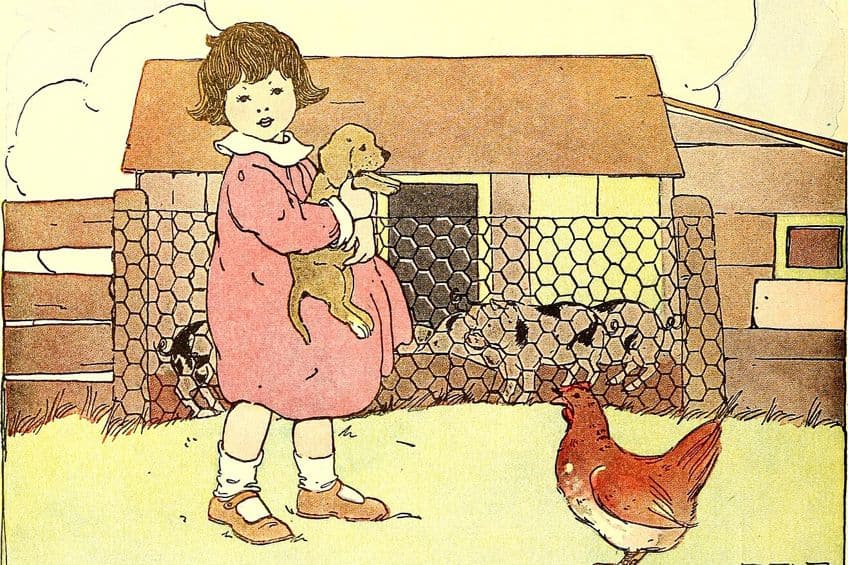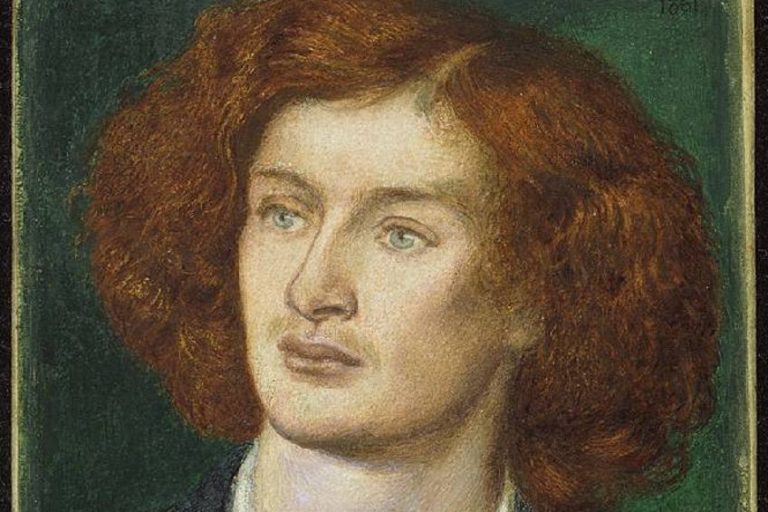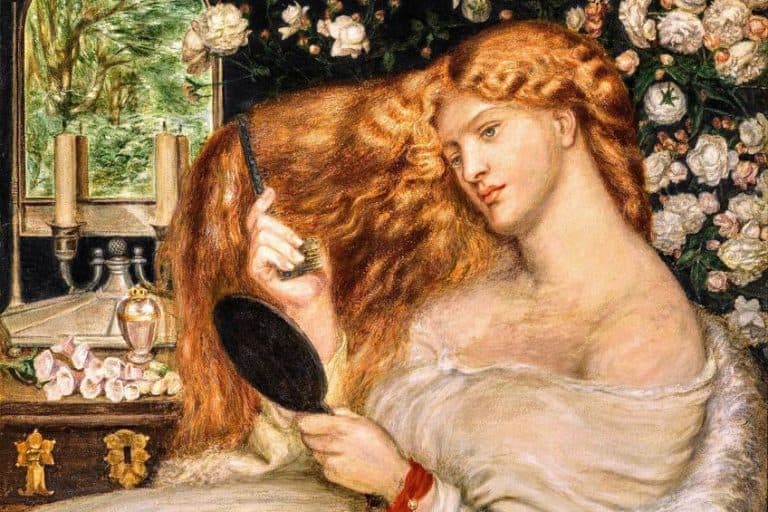Poems About Dogs – Celebrating Man’s Best Friend
Man’s best friend. This is what we like to call our constant companions. They live alongside us, we feed and care for them, and many of us also simply adore them. Today, I will be going through ten different poems about dogs for this very reason. There are a number of instances of famous dog poetry, but there will also be a number of unknowns on this list. This means that this series of dog poems should be of interest to anyone who loves to have their doggy companions around, and if this sounds like you, then you should probably keep reading!
Table of Contents
- 1 A Few Poems About Dogs
- 1.1 A Little Dog That Wags His Tail (19th Century) by Emily Dickinson
- 1.2 To Flush, My Dog (1844) by Elizabeth Barrett Browning
- 1.3 A Popular Personage at Home (Between 1865 and 1928) by Thomas Hardy
- 1.4 Tray (1879) by Robert Browning
- 1.5 How a Puppy Grows (Between 1881 and 1958) by Leroy F. Jackson
- 1.6 The Power of the Dog (1922) by Rudyard Kipling
- 1.7 The Dog (Between 1931 and 1971) by Ogden Nash
- 1.8 Dog (1958) by Lawrence Ferlinghetti
- 1.9 A Dog Has Died (1974) by Pablo Neruda
- 1.10 The Dog and Wolf (20th Century) by Marmaduke Park
- 2 Frequently Asked Questions
A Few Poems About Dogs
This list of dog poems does have a few big-name figures on it, but many of those big names are better known for other instances of poetry. So, it should be interesting to have a look at some of these poems to see what makes them so special. Let’s dive in with the first of our poems about dogs, and it’s by a rather famous poetic figure.

A Little Dog That Wags His Tail (19th Century) by Emily Dickinson
| Date Published | 19th century |
| Type of Poem | Lyric poem |
| Rhyme Scheme | ABCB |
| Meter | Variable |
| Topic | Comparison using a dog |
A Little Dog That Wags His Tail is a poem that is not solely about dogs but instead makes use of the image of a dog, as well as later images of cats and mice, to draw comparisons between these animals and certain human groups. This is something that is quite commonly seen in many instances of literature that use non-human animals to make any kind of comparison. For instance, this poem shows the simple joy that a dog possesses, and it does not require any kind of complex reasons behind said joy.
You will find many other examples of comparisons of this nature in the literature that use animals because many animals extoll virtues that humans also possess.
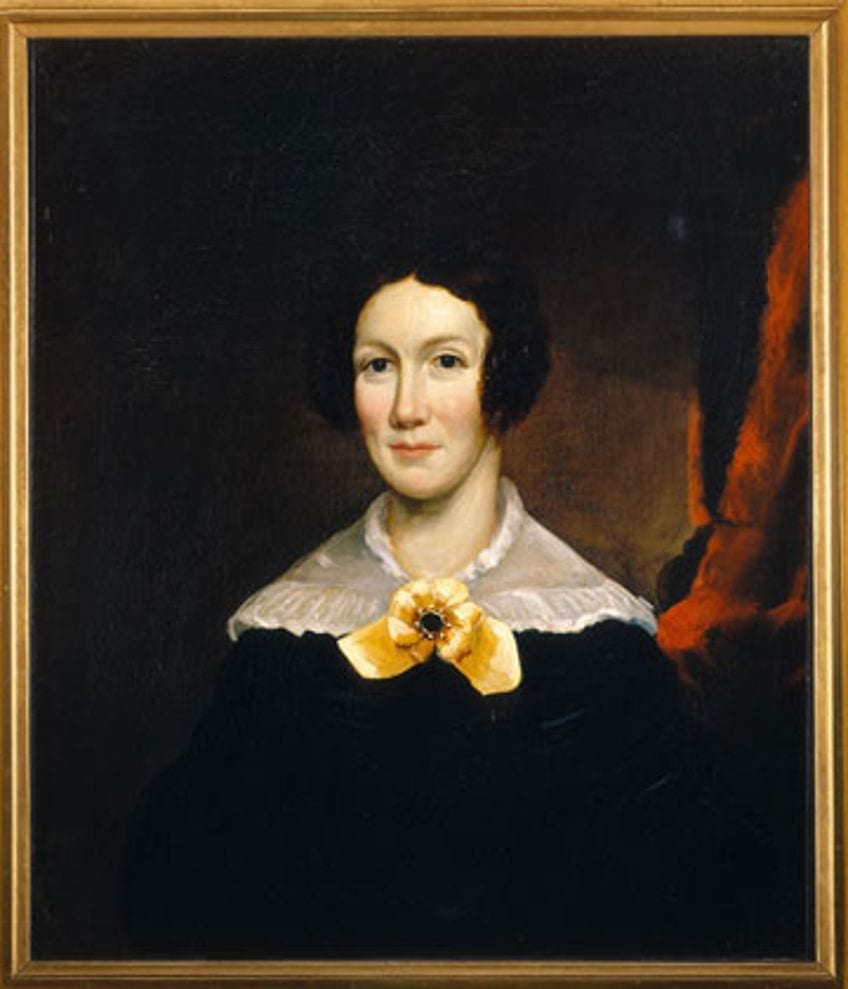
To Flush, My Dog (1844) by Elizabeth Barrett Browning
| Date Published | 1844 |
| Type of Poem | Lyric poem |
| Rhyme Scheme | AABCCB |
| Meter | Heptasyllabic |
| Topic | Love for a dog |
To Flush, My Dog is a poem in dedication to a dog. To many of us who have lived alongside dogs and have seen them as friends, companions, and/or members of the family, the reasons for this depiction become obvious. A dog becomes a creature we grow to have immense affection for. When it comes to poems about dogs, this is a phenomenal one for showing this particular idea in action. In addition, in specifically naming the dog, we know that this is not a dog poem about these animals in general, but rather related to an individual.
This, ironically, can make it far more universal. We may also have a specific dog in mind when we read something like this even though said dog is technically a different one.

A Popular Personage at Home (Between 1865 and 1928) by Thomas Hardy
| Date Published | Between 1865 and 1928 |
| Type of Poem | Narrative poem |
| Rhyme Scheme | ABAB |
| Meter | Iambic tetrameter |
| Topic | Perspective of a dog |
A Popular Personage at Home is a great example of the kinds of poems about dogs that can be produced because it is not simply about a dog, but rather from the perspective of a dog. This dog is named Wessex, and the entire poem relates some of his thoughts about his place in the world. He does not know how he came to guard this house, but that has been his duty for a long time, and it is one that he has taken to for many years.
He also thinks about the humans that he allows to “live here with me”, which shows how the perspective of humans and those of animals can differ from one another.

Tray (1879) by Robert Browning
| Date Published | 1879 |
| Type of Poem | Narrative poem |
| Rhyme Scheme | Variable |
| Meter | Variable |
| Topic | Dog heroism |
Tray is a poem about heroism. When we think of texts that celebrate heroic acts, we tend to think of a very specific type, and this poem knows that. The poem uses the imagery of grand knights but juxtaposes that against a dog. In this narrative instance of famous dog poetry, the text depicts a child who has fallen into a stream and needs to be rescued, but no humans do so. Instead, a dog, who has no thoughts of heroism, jumps in to rescue the child.
The poem allows us to examine the anthropocentric mindset that we usually have with regard to the idea of heroism and how non-humans can also be heroic.

How a Puppy Grows (Between 1881 and 1958) by Leroy F. Jackson
| Date Published | Between 1881 and 1958 |
| Type of Poem | Children’s poem |
| Rhyme Scheme | Variable |
| Meter | Variable |
| Topic | The growth of a puppy |
How a Puppy Grows is a poem intended for children, and it has a very simple topic that it explores, and that is the growth of a puppy. It humorously discusses how a puppy grows by focusing on the various parts of the animal’s body, such as the tail, nose, and tummy. The poem does not have some deeper meaning but is instead written to be purely enjoyable. And who among us does not simply love a puppy?
So, perhaps there does not need to be anything deeper than simply knowing that this creature will grow and become an adult in time.

The Power of the Dog (1922) by Rudyard Kipling
| Date Published | 1922 |
| Type of Poem | Narrative poem |
| Rhyme Scheme | AABBCC |
| Meter | Variable |
| Topic | Relationship between humans and dogs |
The Power of the Dog is probably one of the best-known poems about dogs as it was written by one of the most famous colonial writers of the early 20th century. This poem is an exploration of the relationship that exists between humans and dogs, and so it is not necessarily unique among dog poems. However, the poem does discuss the way in which dogs do not live all that long and that despite such a short length of time spent in this world, they can fill it with such immense joy while they are alive.
And then, of course, they can fill it with sadness after they have passed.

The Dog (Between 1931 and 1971) by Ogden Nash
| Date Published | Between 1931 and 1971 |
| Type of Poem | Short poem |
| Rhyme Scheme | AABB |
| Meter | Variable |
| Topic | The affection of dogs |
The Dog is a simple poem that explores the affection of dogs. It states that they are “full of love”, and that the most loving dog is also a wet dog. This poem is not intended to be all that serious.
The short duration, as well as the use of the made-up term “lovingest”, makes this a great instance of children’s poetry too.
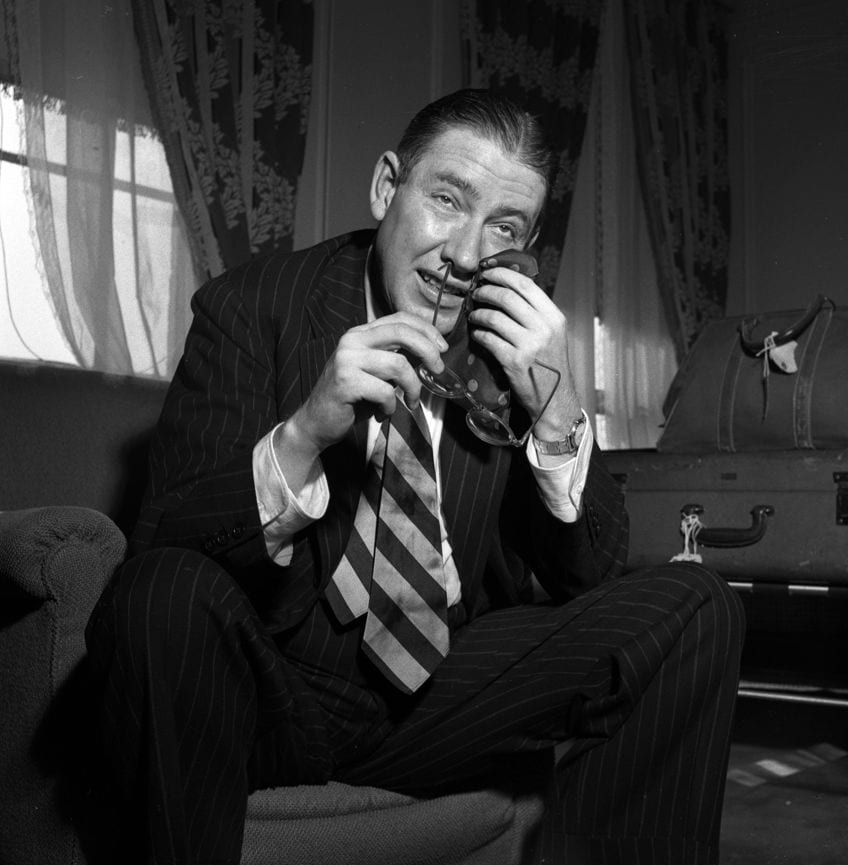
Dog (1958) by Lawrence Ferlinghetti
| Date Published | 1958 |
| Type of Poem | Free verse |
| Rhyme Scheme | None |
| Meter | None |
| Topic | A dog’s perspective |
Dog is a poem that is, in the tradition of poems about dogs, a little different. It does indeed focus on a dog’s perspective, but this perspective is used to explore much of the human world from an investigative and darker perspective. For instance, the dog wanders the streets and sees drunk humans, cats, cops, and various other parts of humanity.
He has no use for any of these things as humans do and so he continues to wander.
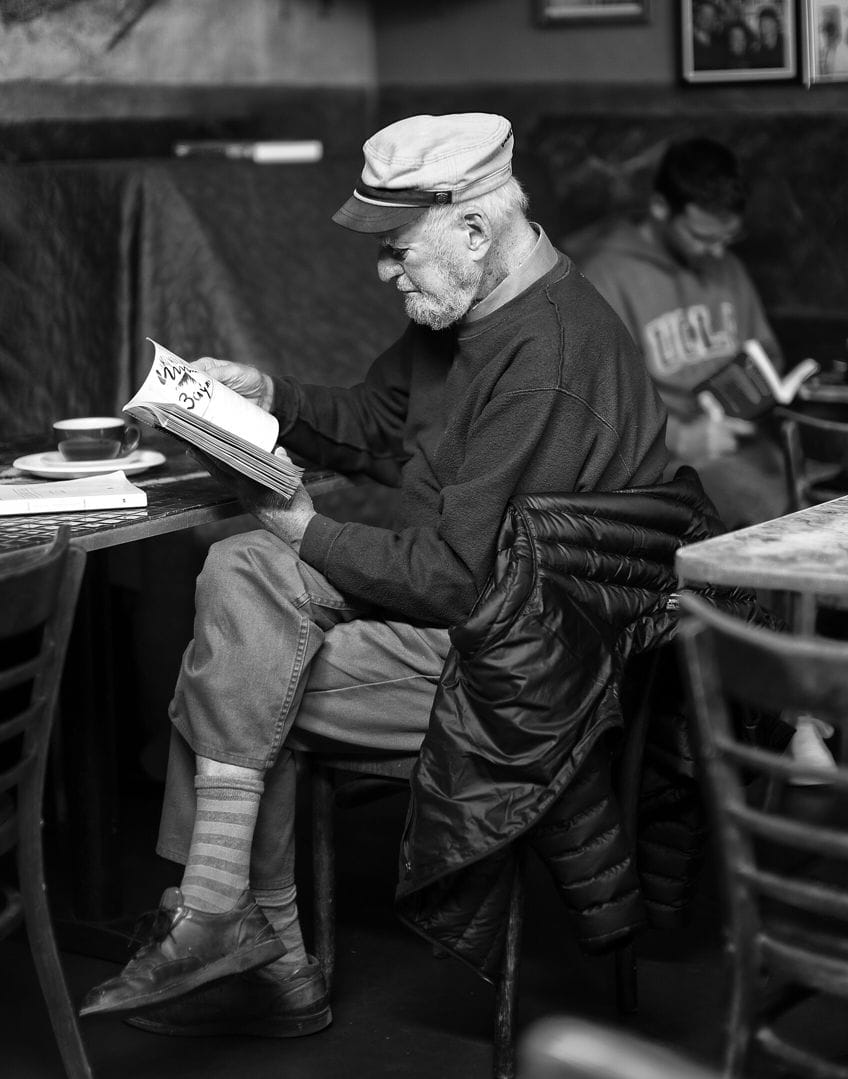
A Dog Has Died (1974) by Pablo Neruda
| Date Published | 1974 |
| Type of Poem | Free verse |
| Rhyme Scheme | None |
| Meter | None |
| Topic | Elegy for a dog |
A Dog Has Died is probably one of the most famous dog poetry examples as it is written by one of the most notable poets of the late 20th century. In terms of poems about dogs, the examination of the death of a dog is not unusual. We are all destined to eventually die, and dogs are no different, and this poem serves as an elegy for a dog who has died.
The poem celebrates the life of this dog while exploring ideas around companionship and the afterlife.

The Dog and Wolf (20th Century) by Marmaduke Park
| Date Published | 20th century |
| Type of Poem | Narrative poem |
| Rhyme Scheme | AABB |
| Meter | Iambic tetrameter |
| Topic | Wolves and dogs |
The Dog and Wolf is a poem about civilization versus the natural world, and it can be seen as an example of the poems about dogs listed above, but it is also a wolf poem. The text depicts a conversation between a wolf and a dog. The wolf has to struggle to survive while the dog is provided with food and cared for. The wolf eventually realizes that this comfort comes at the cost of freedom though. This is a great instance of dog poetry because it examines the existence of dogs themselves rather than simply their existence in relation to humans, such as those other dog poems that explore how dogs can be heroic or have love for the humans they live beside.
This indicates the end of our list of dog poems. There are many other examples of poems about dogs out there, but this series of ten instances should be enough to tide you over for a while. However, if you seek other examples of famous dog poetry, you may need to keep looking on your own to see what you can find, but there certainly are many examples out there that are worth reading!
Frequently Asked Questions
What Are Poems About Dogs?
In short, poems about dogs are simply poems that involve dogs in some or another way. A dog poem does not need to be about a specific dog or anything specific about a dog. This deliberate broadness means that a poem about a dog could be a sonnet, an elegy, or any other poetic form. The sky’s the limit with regard to what can be a poem about dogs.
What Are the Characteristics of Dog Poems?
When it comes to poems about dogs, there are no real rules or characteristics at play. For instance, a poem that eulogizes a dead dog will likely make use of characteristics in keeping with the tradition of elegies whereas a limerick about a dog will likely be humorous. So, it depends entirely on the poem in question, and all that unifies poems about dogs is that they are about dogs.
What Are Some of the Most Famous Dog Poetry?
There are quite a few instances of famous dog poetry, but many are simply famous because of who wrote them. A few examples include Tray (1879) by Robert Browning, The Power of the Dog (1922) by Rudyard Kipling, and Dog (1958) by Lawrence Ferlinghetti. However, there are many other examples of poems about dogs out in the world.
Justin van Huyssteen is a freelance writer, novelist, and academic originally from Cape Town, South Africa. At present, he has a bachelor’s degree in English and literary theory and an honor’s degree in literary theory. He is currently working towards his master’s degree in literary theory with a focus on animal studies, critical theory, and semiotics within literature. As a novelist and freelancer, he often writes under the pen name L.C. Lupus.
Justin’s preferred literary movements include modern and postmodern literature with literary fiction and genre fiction like sci-fi, post-apocalyptic, and horror being of particular interest. His academia extends to his interest in prose and narratology. He enjoys analyzing a variety of mediums through a literary lens, such as graphic novels, film, and video games.
Justin is working for artincontext.org as an author and content writer since 2022. He is responsible for all blog posts about architecture, literature and poetry.
Learn more about Justin van Huyssteen and the Art in Context Team.
Cite this Article
Justin, van Huyssteen, “Poems About Dogs – Celebrating Man’s Best Friend.” Art in Context. March 13, 2024. URL: https://artincontext.org/poems-about-dogs/
van Huyssteen, J. (2024, 13 March). Poems About Dogs – Celebrating Man’s Best Friend. Art in Context. https://artincontext.org/poems-about-dogs/
van Huyssteen, Justin. “Poems About Dogs – Celebrating Man’s Best Friend.” Art in Context, March 13, 2024. https://artincontext.org/poems-about-dogs/.


